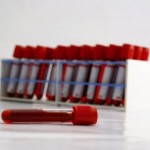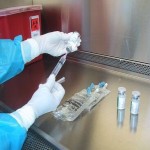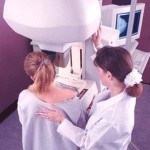Kinds Of Bacteria
Bacterial species and the kinds of bacteria are numerous, and research is ongoing to discover more. These minute organisms are some of the genetically diverse and researchers have found many uses for them, including their pivotal role in genetic modification experiments. Some bacterial species are harmless, but many are extremely pathogenic and may cause disease in humans upon contact. Bacteria are spread by vectors like flies, rodents and other household pests. Some bacterial species are non-pathogenic and there are those that are even used in food supplements to improve human life. Here are some of the kinds of bacteria that have been thoroughly studied by modern science.
Cancer bacteria
Infectious organisms can be among the kinds of bacteria. These organisms are associated with the formation of tumors inside the body. These kinds of bacteria include the opportunistic pathogens that infect the normal tissues surrounding cancer cells. However, there may be some kinds of cancer bacteria that directly cause the cancer. One example of this is the role that Helicobacter pylori plays in the formation of gastric cancer cells. The bacteria colonizes the walls of the duodenum and stomach and then chronic inflammation arises. Carcinogenesis results because of the transformation of infected cells and tissues.
Gram-negative bacteria
Gram-negative bacteria are so-called because of their reaction in the protocol of Gram staining. Under the test, these kinds of bacteria do not react to the crystal violet dye and show a red color when a counterstain is used. These bacterial species have an outer membrane that protects the cell from the stain. It is important that this test be done in order to identify the class of the bacteria. Gram-negative bacteria are the kinds of bacteria that show more resistance against antibodies.
Gram-positive bacteria
These kinds of bacteria are those that react to the Gram staining method. They appear bluish when the test is made. The cell wall of this bacterium has a high quantity of peptidoglycan. Almost all of the human pathogenic bacteria are Gram-positive types.
Escherichia coli
E. coli is known as a pathogen of humans, and is frequently associated with food poisoning. But there are some strains of this kind of bacteria that are not pathogenic. In fact, some are in symbiosis with the human body and can be found in large quantities inside the digestive tract.
Lactobacillus
When species of Lactobacillus were found in the digestive system of humans, these kinds of bacteria increased in fame because they might be symbiotic and beneficial. Until now, there are many scientists that are looking for more uses for this bacteria. Lactobacilli are extremely abundant in the small intestines and in the vagina, making them a crucial element of the human flora. In some cases, foods that contain live strains are used as treatment options for diarrhea and constipation.
Rhodobacter sphaeroides
Rhodobacter sphaeroides is a marine-dwelling bacteria that grows in the absence of oxygen. IUt is photosynthetic, which only means that the energy mechanism is similar to plants. This bacteria is the best example of photosynthesis in bacterium.






